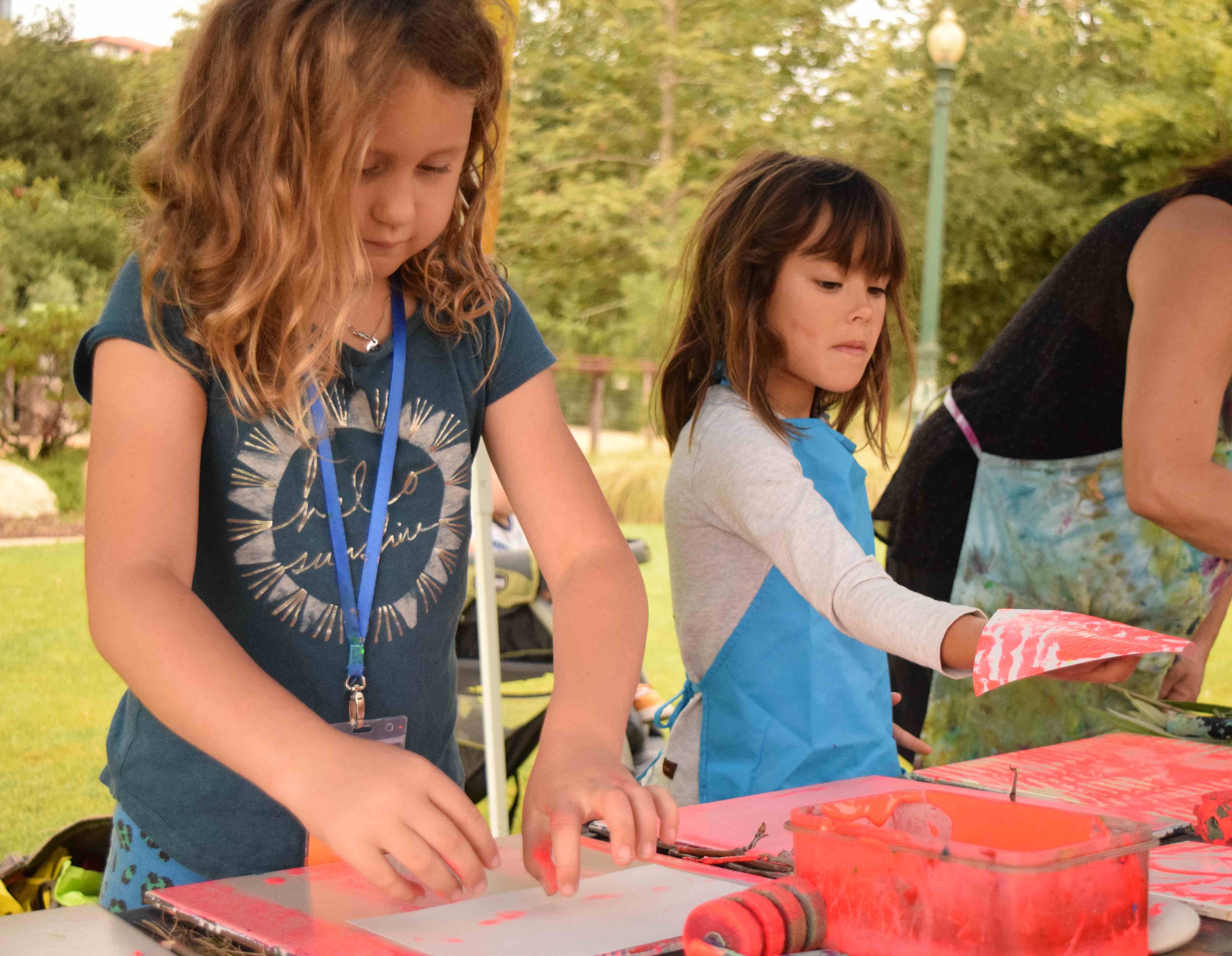It’s summer art camp season for me here in San Diego, and I want to share my top 7 secrets to running a highly successful summer art camp. You are probably thinking running your art camp sounds hard, but with my 7 art camp secrets, you too can run your own summer art camp! With over twenty years of experience in organizing art camps every summer, I have valuable tips to help you fast-track your journey to becoming a summer camp pro.
Chances are, you know many children seeking engaging activities this summer. Whether you oversee youth organizations, manage a school with vacant summer spaces, or simply want to create memorable experiences for kids, hosting an art camp can be immensely rewarding. Former students, now teenagers and adults, fondly recall the fun they had at my art camps in their younger years. The anticipation for my camps is evident as families inquire well in advance, eagerly asking, “When does art camp start?”
Perhaps you, my friend, are considering hosting your art camp. Allow me to share the same 7 secrets that have guided me through the past two decades, paving the way for successful and memorable art camp experiences.
Here are my 7 secret tips for successfully running an art camp. These are crucial insights that will guide you in planning and structuring your art camp effectively. I acquired these tips through years of trial and error, but they have evolved into the essential 7 elements that have consistently propelled the success of my art camps over the past two decades. Each of these seven aspects plays a significant role in ensuring the success of my camps annually. If you’re embarking on your journey to start an art camp or similar activities, I strongly advise against skipping these tips. I recommend grabbing a notebook or sticky notes to outline and strategize around each of these 7 key components.
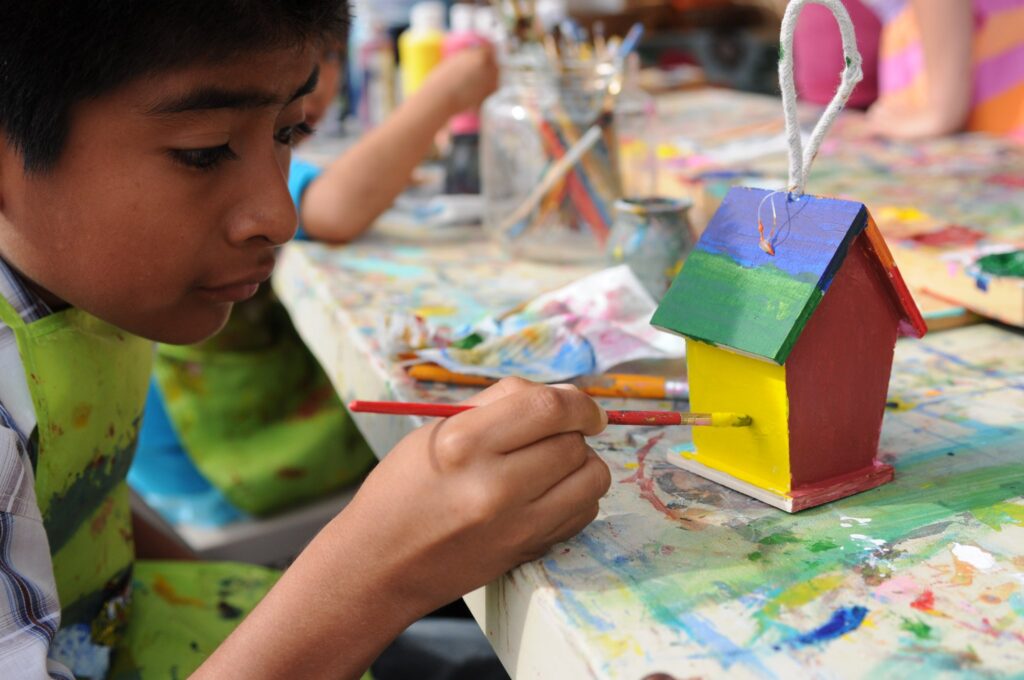
Plan Dates | Secret 1
Start spreading the word to families as early as possible. Plan to begin advertising at least two weeks before the art camp, but ideally, consider kicking off promotions months in advance. March is an ideal time to initiate planning, with April being the target month for families to enroll. Families actively seek summer activities dates for their children well ahead of time and are eager to secure spots, often joining waiting lists to ensure participation.
Originally, art camps were established to offer working parents options for their children’s summer schedules, typically running for 3-5 hours daily. Observe local youth programs, and organizations like the YMCA. You will see they start planning summer camp dates shortly after the new year. But don’t worry if you don’t have the luxury to plan that far in advance. Remember, parents are eager to plan their children’s activities during the summer. Check what your local school district is doing regarding school breaks for children.
Daily Agenda | Secret 2
Once you have your dates planned, it’s time to delve into the daily agenda for the art camp. This step is crucial because without a well-thought-out plan, chaos can ensue! I’ve witnessed and experienced events like these that simply do not meet expectations. Structuring the activities from the moment children arrive in your care until they are handed back to their parents is essential for the smooth operation of a successful art camp. Here is an outline of my basic daily art camp schedule:
Daily Agenda Timeline:
- Check-in
- Activities & Projects
- Snack
- Lunch
- Clean-up
- Check-out
- Lunchtime Tip:
- Encourage families to pack their kids’ lunch and drinks, similar to a school day routine.
- Consider that kids look forward to snack time in new environments.
- Provide a nutritious snack each day such as fruits, pretzels, popcorn, veggies, or cookies. Avoid sugary snacks for a healthier option.
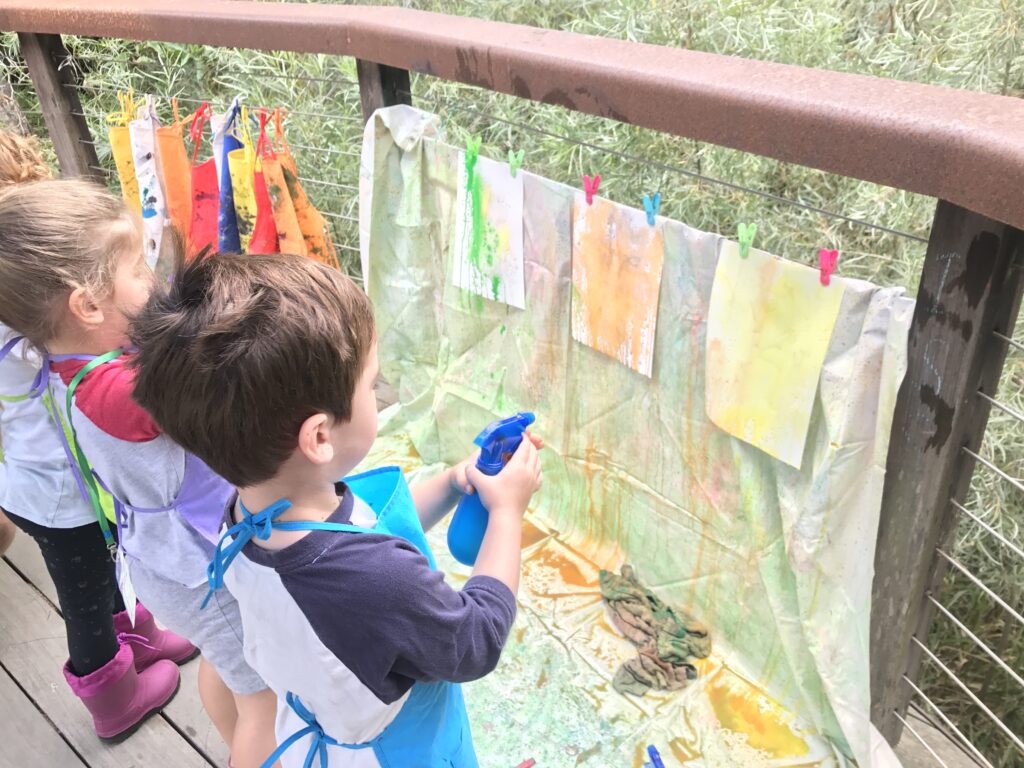
Get Helpers | Secret 3
Managing an art camp with more than five kids can be challenging on your own. Consider recruiting a teenage helper or an adult volunteer to assist you. These art helpers play a role in tasks such as setup, attention diversion, restroom breaks for children, engaging early finishers, project preparation, and running errands you might overlook.
Initially, I ran these art camps solo, but after the fourth year, introducing helpers made a significant difference. Having extra hands allowed me to attend to necessary tasks without worrying, enhancing the overall experience for both myself and the children. And I could go to the restroom myself without worrying!
Adaptable Activities | Secret 4
Make art projects adaptable for varying skill levels. Avoid activities that are too complex, requiring constant assistance from you. When considering a craft, ensure it is not overly challenging. Make sure all activities can be adjusted to suit different age groups, as you’ll likely have children of various capabilities attending. Flexibility in the daily creations is key, especially when accommodating siblings of different ages who may require assistance with certain projects.
Budget Supplies | secret 5
Calculate the cost of each camp day in advance. Planning the projects ahead of time will give you a clear picture of the required supplies and enable you to budget accurately for each project. Visiting local craft stores can provide inspiration, ideas, and better prices on art supplies.
Having a set budget per student per day, such as $10, allows you to purchase supplies in bulk and manage your budget effectively. By staying informed about new and seasonal items at superstores or craft shops, you can accurately estimate the daily supply costs. This art budget approach always helps me know my daily profit.
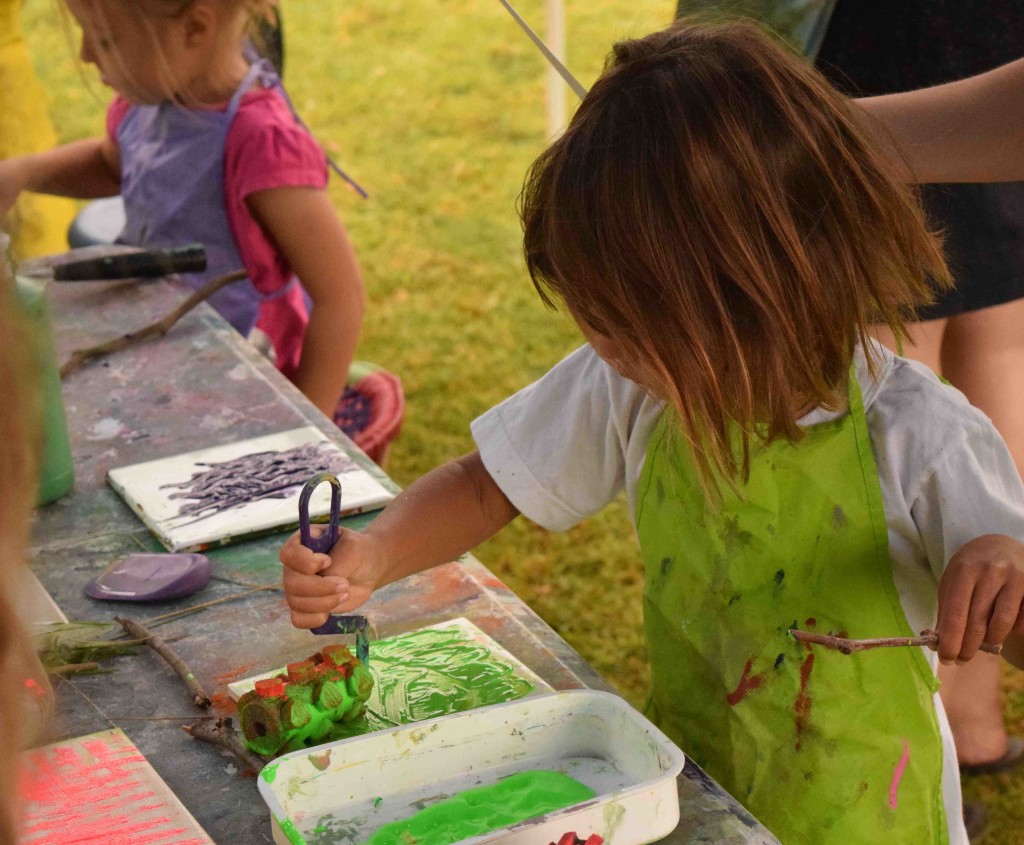
Making Camp Fun | Secret 6
Avoid fixating on the perfection of each project; instead, focus on creating a joyful and relaxed atmosphere. Children have endured a busy school year and deserve time to play, explore, discover, and make new friendships. There’s no need to stress about teaching intricate art skills or complex projects.
Prioritize memorable and enjoyable experiences over complicated ones during the art camp. Incorporate games and engaging collaborative art projects that foster bonding among the children. Encourage kids to plan a special creation to gift their parents on the last day of camp; initiating this planning process earlier in the week adds anticipation and excitement to the camp activities. Trust me on this gem of a secret!

Art Project Idea | Secret 7
When it comes to choosing art projects and themes for your camp, the possibilities are endless. Here are some annual ideas that have proven to be successful and enjoyable for children. Don’t reinvent the wheel! Remember, there’s no need to constantly come up with new projects; sticking to popular choices can be just as effective. Here are some tried-and-true favorites that kids love:
- Collaborative mural painting
- Fabric drawing on t-shirts
- Face painting
- Tie-dye t-shirts
- Nature art using sticks, rocks, and leaves
- Recycled art using paper rolls, cardboard, or bubble wrap
- Magazine collage
- Artist spotlight days featuring creators like Eric Carle or Jackson Pollock
- Action painting techniques such as marble painting, spray bottle painting, or splatter painting
- Hot glue art projects
- Mono prints
- Painting on sticks and stones
- Wood crafts and embellishments painting opportunities
These projects have been consistently enjoyable and engaging for children, ensuring a fun and creative art camp experience.
Art Camp Resources:
If you’re interested in delving deeper into starting an art business, feel free to contact me. I can provide access to my trainings, books, curriculum, and specialized art business training. Attend a video art painting workshop to master the techniques of teaching children how to paint and draw. Explore my art teaching books page and curriculum page for ordering valuable art teaching resources.
Spramani Elaun
International Art Trainer
Nature of Art®
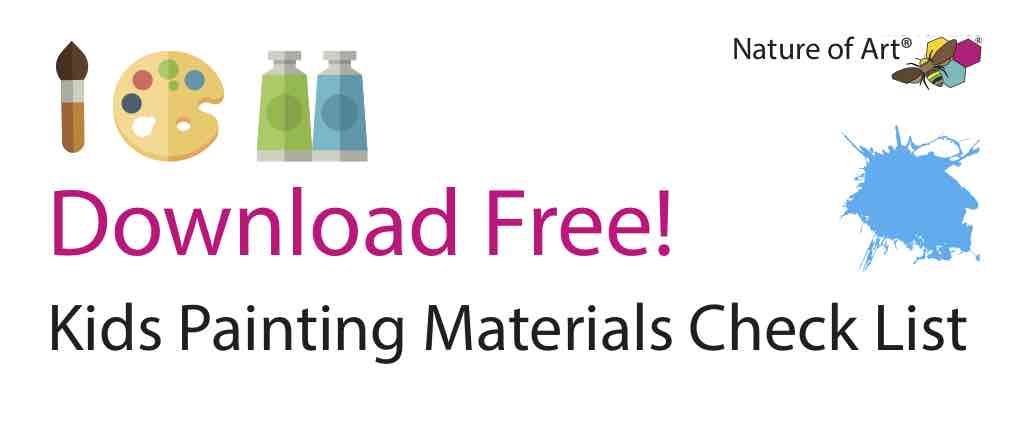
Order this art teaching book today!
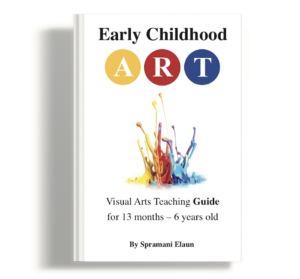
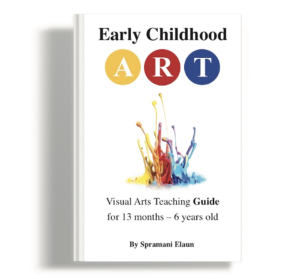
All rights reserved © 2025, Nature of Art®

No part of this blog may be used or be reproduced in any manner whatsoever including reproducing, publishing, performing, and making any adaptions of the work – including translation into another foreign language without written permission except in the case of brief quotations embodied in critical articles and reviews. Nature of Art® Publishing P.O. Box 443 Solana Beach, California 92075.
